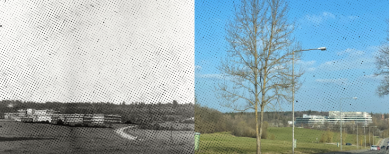Beginnings in Büsnau
The history of the Max Planck campus in Stuttgart-Büsnau begins with the inauguration of the Powder Metallurgical Laboratory (PML) in 1968. Another building complex is erected there a few years later, becoming home to the Institute for Physics and the new MPI for Solid State Research in 1975. On Erich Gebhardt’s death in 1978, the Max Planck Institute for Metals Research loses one of its most influential figures.
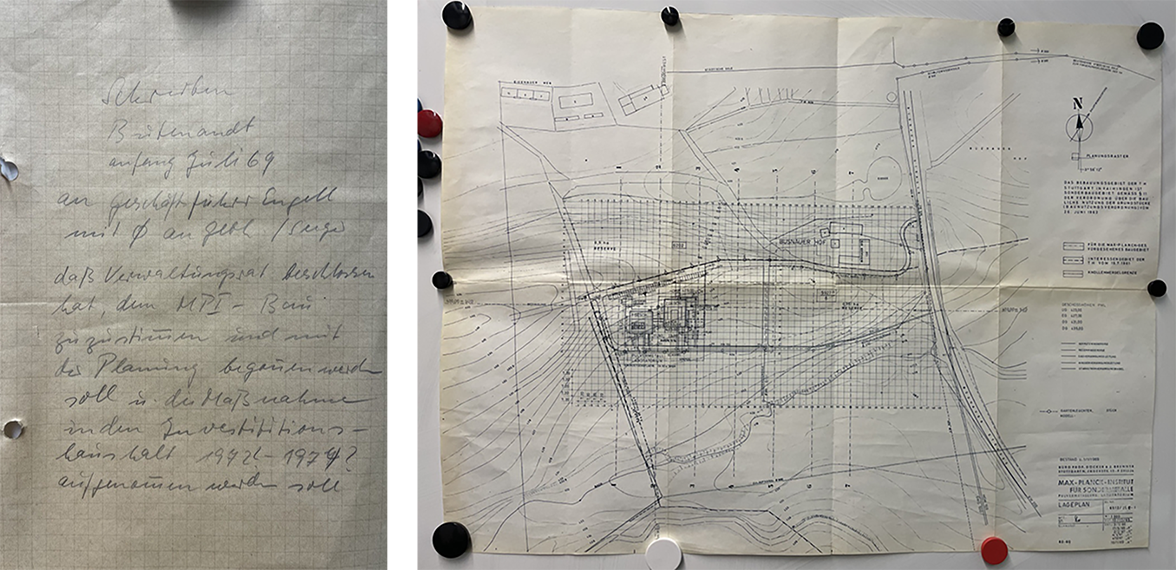
Timeline
1968: Inauguration of the Powder Metallurgical Laboratory in Stuttgart-Büsnau
1971: The Institute of Metallurgy is incorporated into the Institute for Special Metals
1973: The Institute for Special Metals is renamed the Institute for Materials Science New statutes stipulate that Sub-Institutes must be managed by a Board of Directors
1975: Opening of the Büsnau campus
1978: Death of Erich Gebhardt

Off to pastures new: the Powder Metallurgical Laboratory
The Max Planck Institute for Metals Research has been discussing the establishment of a powder metallurgical laboratory since 1960. Following the submission of a memorandum by the Institute in 1962, the Executive Committee of the Max Planck Society (MPG) issues a statement in July 1963 recommending the set-up of a research facility of this type. However, there is not enough space in Seestraße for another large extension.
The MPI-MF searches for and finds an alternative site in Stuttgart-Büsnau. It becomes the location of a modern building complex which is inaugurated by MPG President Adolf Butenandt on 7 May 1968. Under the direction of Günter Petzow, the Powder Metallurgical Laboratory (PML) quickly becomes a centre of interdisciplinary research with international connections. The third external unit of the Institute for Special Metals becomes the nucleus of the modern-day Max Planck campus in Büsnau.
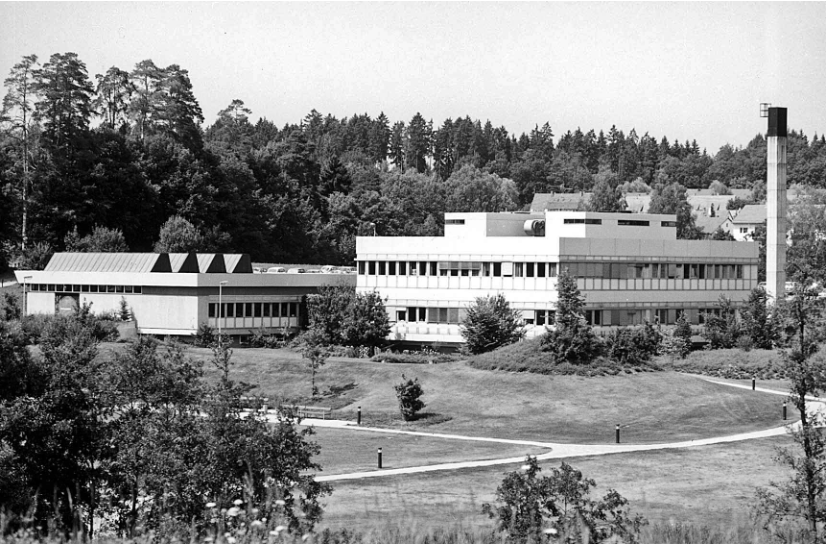
Streamlining and collegial leadership
When Hans-Jürgen Engell, Director of the Institute of Metallurgy, switches to the MPI for Iron Research at the beginning of 1971, the MPI for Metals Research is reorganized. Metallurgy is largely absorbed into the Institute for Special Metals, which is renamed the Institute for Materials Science in 1973. The nuclear magnetic resonance working group moves to the Institute for Physics. All the service facilities now support both Sub-Institutes.
Research profiles are honed. The Institute for Physics concentrates on projects that use new methods and conducts research into phenomena such as ferromagnetism, superconductivity, diffusion, plastic deformation and nuclear magnetic resonance.
The Institute for Materials Science focuses primarily on research into specific categories of substance, particularly those of technical interest, and secondly on the search for generally valid relationships between the structure and properties of materials.
New statutes introduced in 1973 specify that Sub-Institutes must also be managed by a Board of Directors. The Board of Directors of the Institute as a whole now consists of all active Scientific Members.

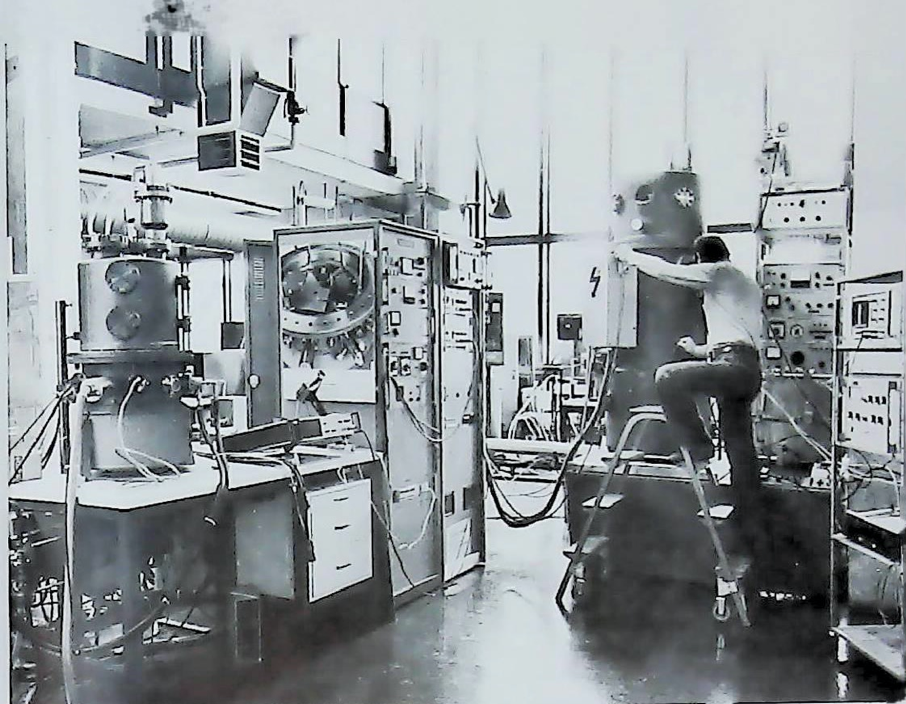


Büsnau campus
The rapid growth of the MPI for Metals Research means that conditions at the old site in inner-city Stuttgart have become extremely cramped. This is especially true of the Institute for Physics, whose staff are required to work in four different buildings. Following the foundation of the MPI for Solid State Research in Stuttgart in 1969, long-cherished plans for a separate campus finally begin to materialize.
Thanks to Erich Gebhardt, who has secured a right of first refusal on a property in Büsnau for the MPI for Metals Research, another large building complex is constructed next to the Powder Metallurgical Laboratory. The Institute for Physics, the MPI for Solid State Research and parts of the associated chair at the University of Stuttgart move into these premises in the summer of 1975. They all have access to central facilities; along with the administrative offices, these include an electronics workshop, a mechanical workshop, a library and a large lecture hall.



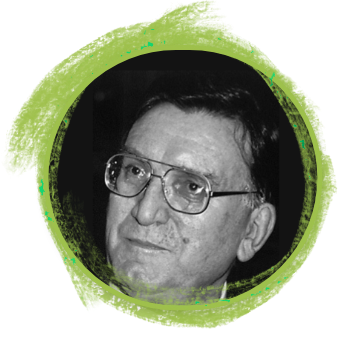


Erich Gebhardt dies unexpectedly in October 1978, three years before his retirement. Born in 1913, the metals researcher was one of the Institute’s most influential figures, due not only to his scientific work but also to his organizational achievements. The reconstruction of the Institute after the war was largely due to him. Under his direction, the Department of Special Metals not only became the MPI-MF’s biggest Sub-Institute but also one of the most important research centres in Germany.
Since both Gebhardt’s successor and the future of the Institute for Materials Science are still in doubt, Jörg Diehl takes on the role of Acting Director of the Institute. Hellmut Fischmeister succeeds him in 1980. Günther Tölg, a long-time colleague of Gebhardt’s, leaves the MPI-MF that same year, becoming Director of the Institute for Spectrochemistry and Applied Spectroscopy (ISAS) in Dortmund.







